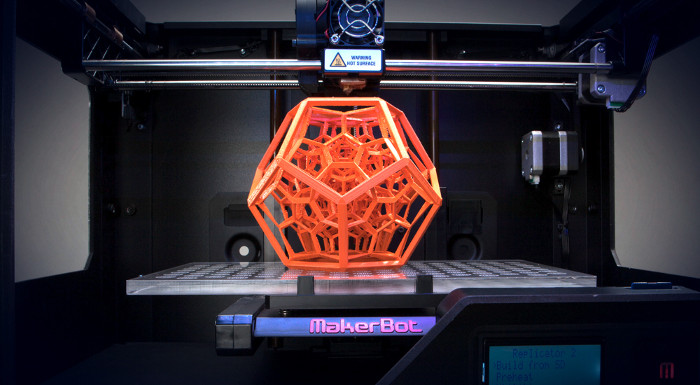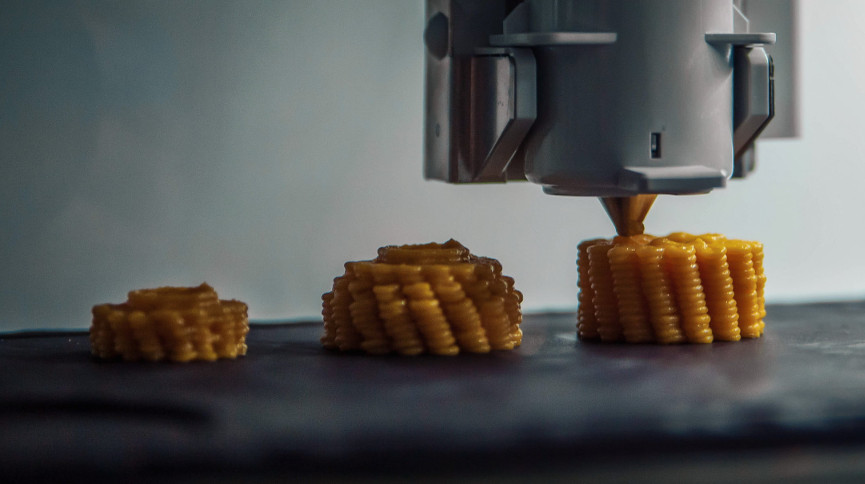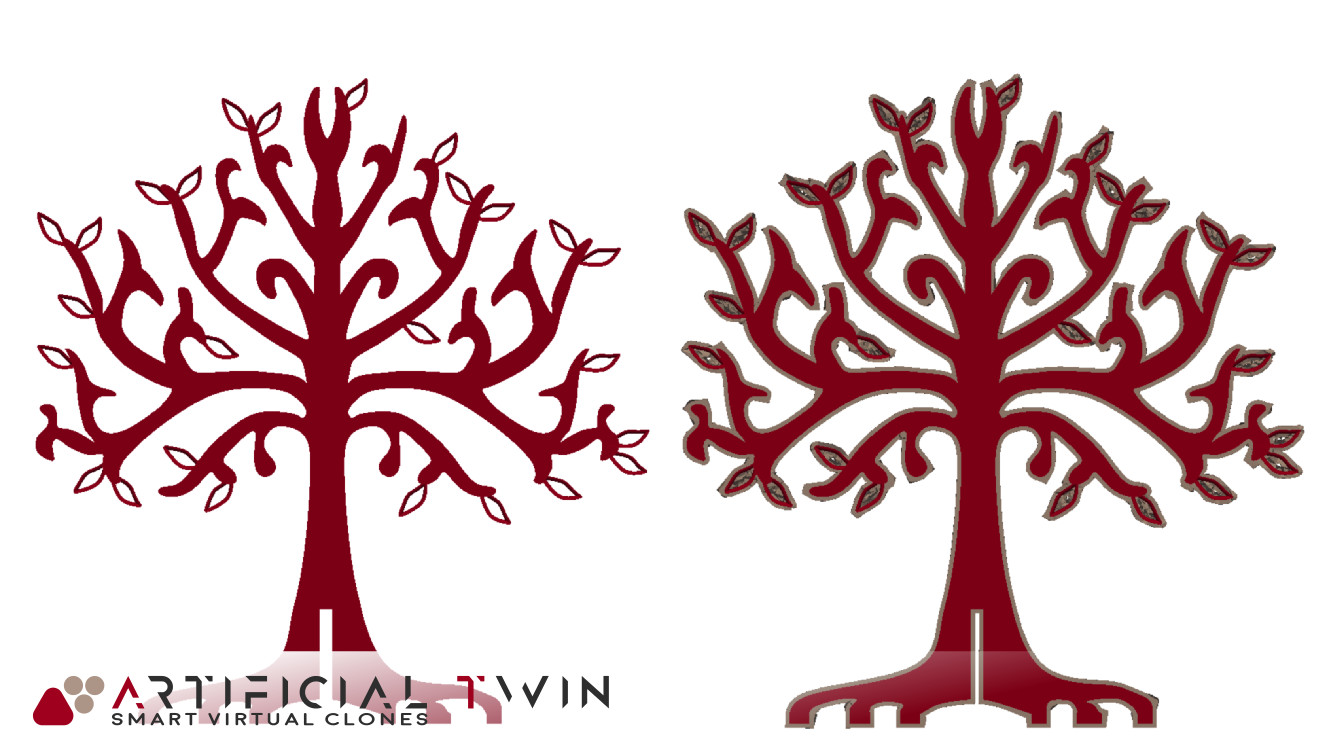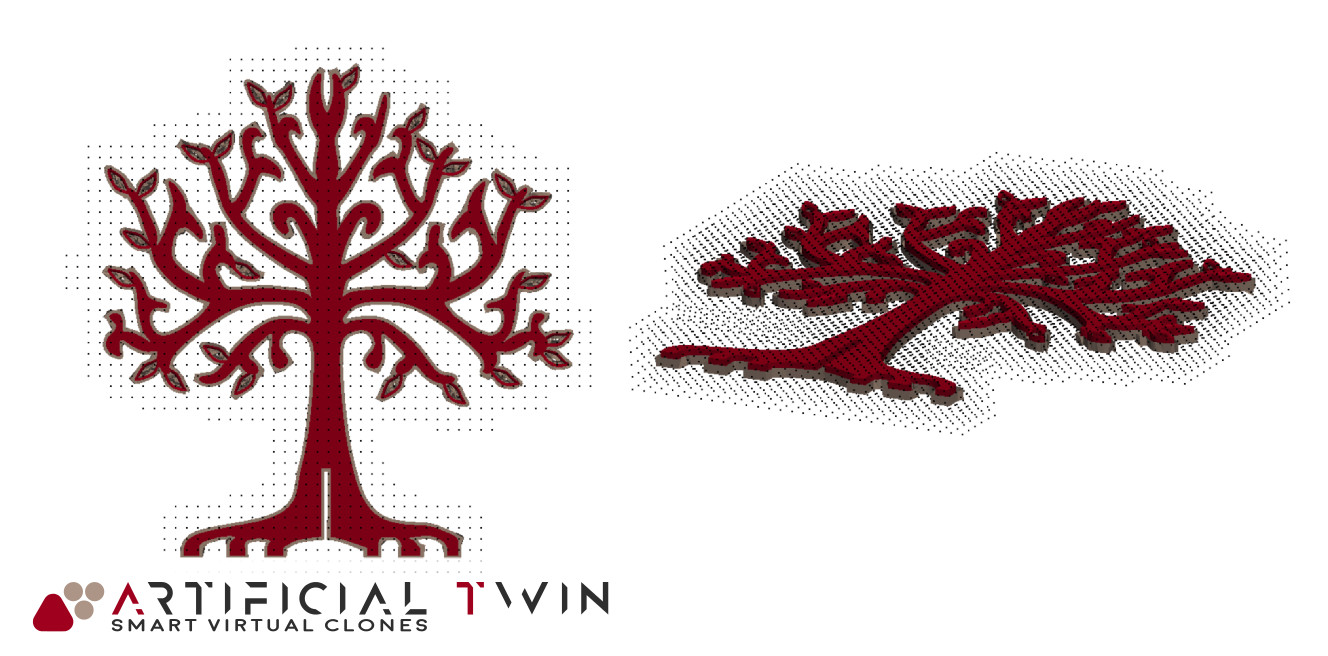A key factor for 3D printing pricing

More and more platforms providing 3D printing services are appearing online recently. Their workflow is fairly standard: the user logs into the platform, uploads his 3D model (in a compatible format), chooses some operations (e.g. scaling) and features (e.g. material or surface finishing) and finally proceeds to the payment to complete the purchase.
Determine an accurate pricing algorithm is vital for these companies, given they don’t have very large margins and a growing number of competitors. A too-cheap pricing strategy would result in economic loss, a too-expensive one in customers loss.
Pricing of the end product usually depends on many different factors, from printing material type to surface finishing, from shipping method to printing material total volume, and many others. Among all these, a key role is played by the so called “Machine Space”, not the most known, but easy enough to grasp once clearly explained.
In this success story, CoGe has been specialized to satisfy this specific need for WOMP, a NY company providing 3D printing services. It currently runs live in their production environment, allowing to calculate “Machine Space” (and other geometrical quantities) for 3D models when uploaded, within few seconds.

The Machine Space
Every company providing 3D printing services has the need to optimize the printing process in order to reduce costs. One typical aspect is to choose the most appropriate group of objects to be printed together, in order to fulfill the printing space as much as possible, while leaving the right amount of clearance between objects in order to make the printing feasible.
In order to discover how much space every piece occupies, one has to take into account two factors: first, in order to assure enough clearance between objects, a minimum of 1 mm offset from the object has to be added to the basic volume. Then, there is a second limitation, a little bit trickier: holes smaller than a prescribed threshold, impede to place other objects to print inside the volume of the first one. So the volume it actually occupies becomes its 3D “convex hull” (starting from the 1 mm offset already considered).
Putting together these factors, one obtains the so called “Machine Space”, a primary driver to estimate a 3D printed piece cost. Being able to correctly evaluate it, on input files of various dimensions and shapes, is of primary importance to establish a winning pricing strategy.

How CoGe Machine Space algorithm works
From the technology development point of view, CoGe works in three steps, performed after having read and stored the polygonal mesh input file.
First, the original model volume is expanded applying a 1 mm offset. This operation is quite tricky on polygonal mesh files, often involving topology modifications: vertices/faces/triangles vanishing, surface compenetrations and similar, complex, issues. It is a very delicate operation, requiring proper care.
The second step is to exclude all those areas of the domain that are not reachable from the object outside, considering the prescribed limit on the minimum hole size threshold. This step is the hardest one. Different approaches can be adopted, with different results in terms of robustness, execution time and accuracy. CoGe implements a parallel algorithm with top robustness / high accuracy performances, while being able to deal with meshes having up to 6M triangles and providing results in less than 60 seconds.
Once the expanded volume and the active domain areas have been computed, the final step consists in measuring the volume occupied by the object. As before, various strategies could be adopted. CoGe implements a parallel algorithm, with an optimal trade off between computing time, accuracy and robustness.

From development to deployment, an all-inclusive solution
Here at Artificial Twin, we are committed to provide our customers with the most suitable solution to their needs. Often, this means to provide a complete, seamless integration in customer’s production environment once the development has been completed. This is exactly what we have carried out for this project: our extensive experience in Cloud Computing solutions (from AWS to Google Cloud to Microsoft Azure) allowed us to help WOMP IT team in selecting the most appropriate computing instance and configuring its environment installing all required software dependencies.
This way we have been able to assure a straightforward adoption of our dedicated CoGe application, deploying it live in few minutes and taking off the whole burden from our customer’s head.

